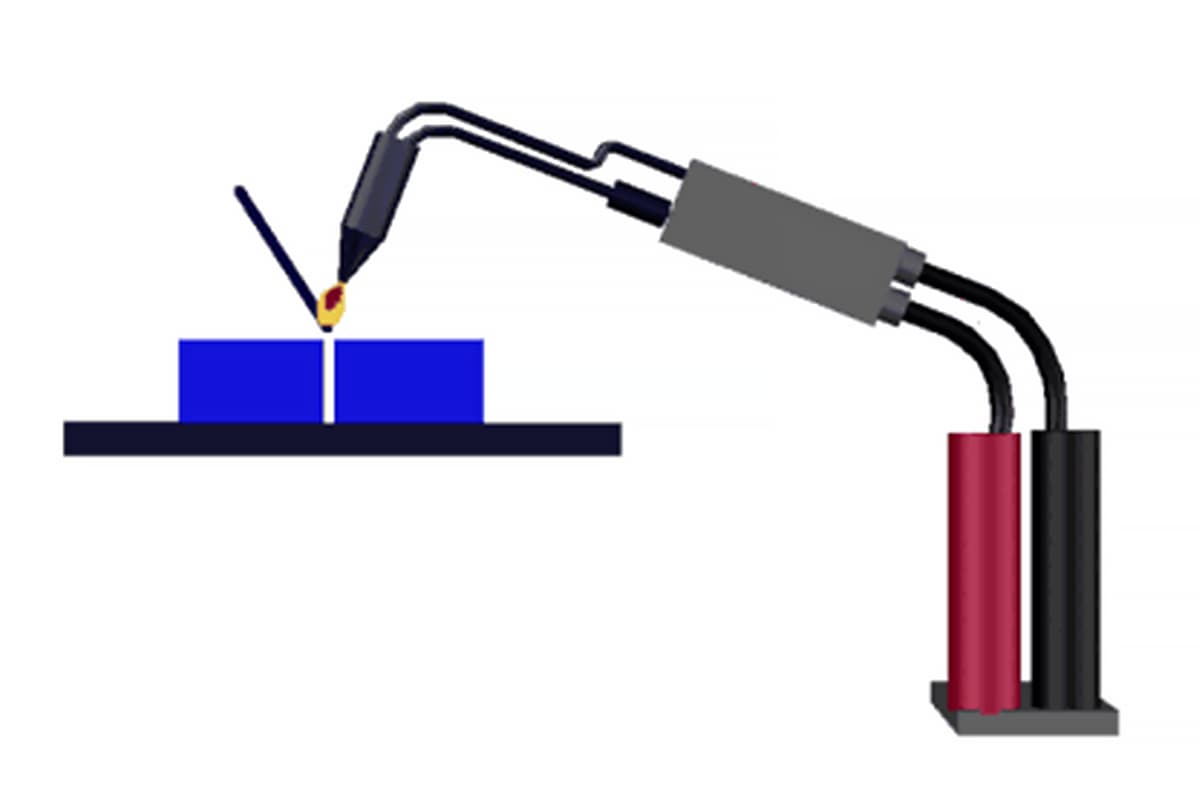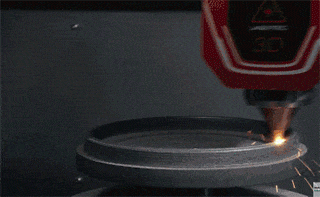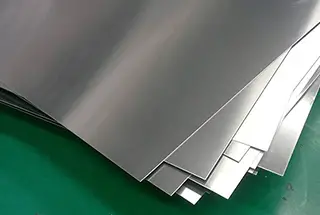What Is Plastic Forming?
Plastic forming is the use of the plasticity of the material, under the external force of the tool and mold to process the work piece with less or no cutting process.
There are many types, including forging, rolling, extrusion, drawing, stamping, etc.
Types of Plastic Forming Process
(1)Forging
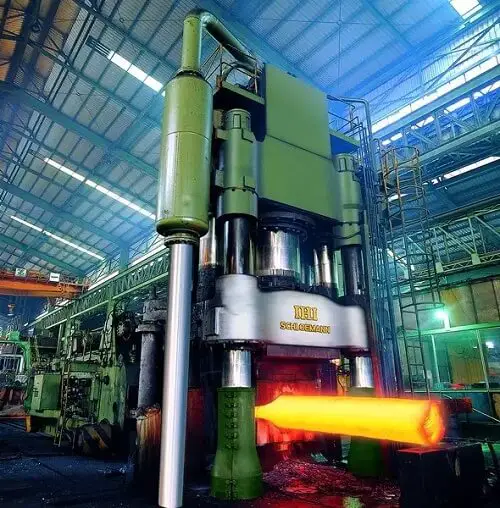
What is Forging?
It is a processing method that uses forging machinery to apply pressure to metal blanks to plastically deform them to obtain forgings with certain mechanical properties, certain shapes and sizes.
Types of forging
According to the forming mechanism, forging can be divided into free forging, die forging, ring forging, and special forging.
Free forging:
A kind of processing method that generally used in hammer forging or hydraulic press, using simple tools to hammer metal ingots or blocks into the required shape and size.
Die forging:
It is formed by using a die on a die forging hammer or a hot die forging press.
Ring grinding:
Refers to the production of ring parts of different diameters by special equipment ring grinding machines, also used to produce wheel parts such as automobile wheels, train wheels.
Special forging:
Including forging methods such as roll forging, cross wedge rolling, radial forging, liquid die forging, etc. These methods are more suitable for producing some special shaped parts.
Technological process:
Forging billet heating → roll forging stock preparation → die forging → trimming → punching → correction → intermediate inspection → heat treatment of forgings → cleaning → correction → inspection
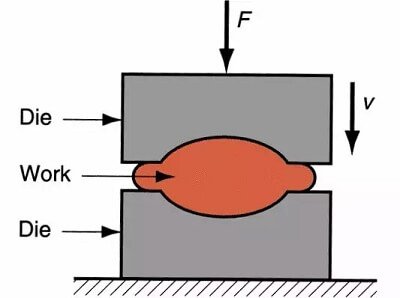
Technical characteristics:
- The quality of forgings is higher than that of castings, which can withstand large impact forces.
The plasticity, toughness and other mechanical properties are also higher than those of castings and even higher than those of rolling products. - Save raw materials and shorten processing time.
- High production efficiency.
- Free forging is suitable for single-piece small batch production, and has greater flexibility.
Applications:
Rolls of large rolling mills, herringbone gears, rotors of steam turbine generator set, impellers, retaining rings, huge hydraulic press cylinders and columns, locomotive shafts, crankshafts and connecting rods for automobiles and tractors, etc.
(2)Rolling
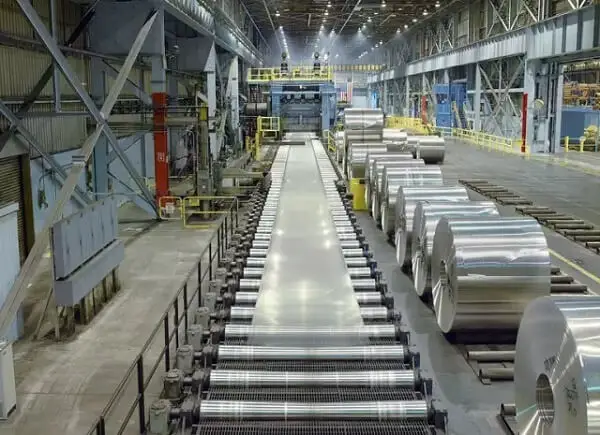
What is rolling
A pressure processing method in which a metal billet is passed through a gap (various shapes) of a pair of rotating rolls, and the cross-section of the material is reduced due to the compression molding of the rolls, and the length is increased.
3 Types of Rolling
According to the movement of rolling stock: longitudinal rolling, cross-rolling, skew rolling.
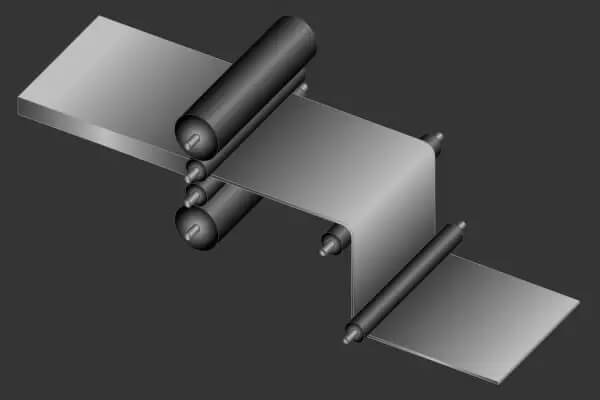
Longitudinal rolling: The process in which metal passes between two rolls that rotate in opposite directions, and plastic deformation occurs between them.
Cross–rolling: The movement direction of the rolled product is consistent with the roll axis direction after deformation.
Skew rolling: The rolled product makes spiral movement, and the rolled product and the roll axis are not special angles.
Technological process:
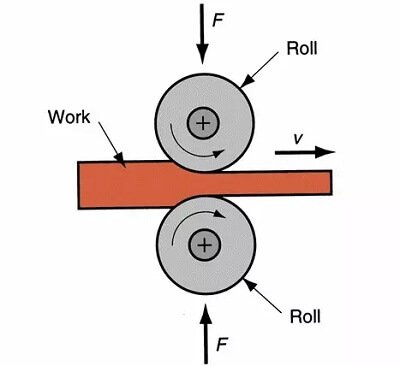
Applications:
It is mainly used in metal material profiles, plates, pipes, etc. There are also some non-metal materials such as plastic products and glass products.
(3)Extrusion
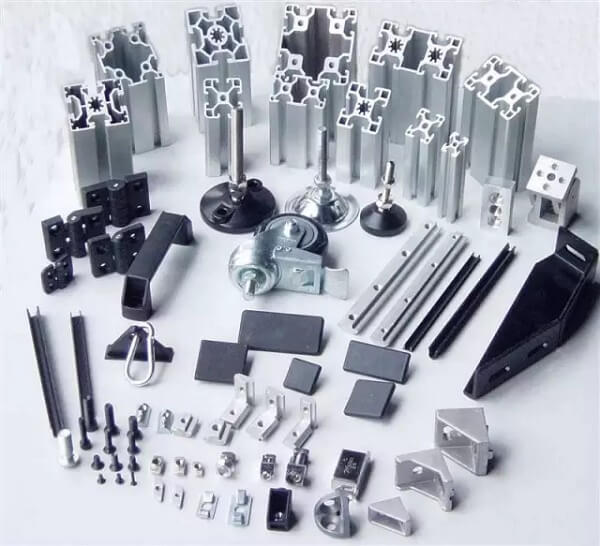
What is extrusion
Under the action of three-dimensional uneven pressure, the blank is extruded from the die orifice or gap to reduce the cross-sectional area and increase the length. The processing method to become the desired product is called extrusion. This processing of the blank is called extrusion molding.
Technological process:
Preparation before extrusion → heating of the casting rod → extrusion → straightening of stretching and twisting → sawing (fixed length) → sampling inspection → manual aging → packaging
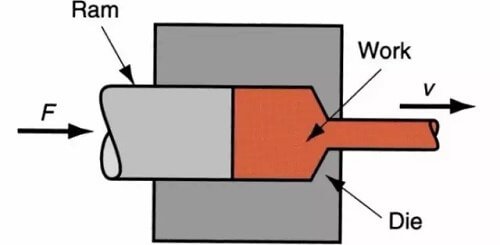
Advantages:
- Wide production range and many product specifications and varieties.
- Large production flexibility, suitable for small batch production.
- The product has high dimensional accuracy and good surface quality.
- 4. Less equipment investment, small plant area, easy to achieve automated production.
Disadvantages:
- Large loss of geometric waste;
- Metal flow is uneven;
- Low extrusion speed and long assist time;
- Large tool loss and high cost.
Scope of production: It is mainly used for manufacturing long rods, deep holes, thin walls, and special-shaped cross-section parts.
(4)Drawing

What is drawing
A plastic processing method that uses an external force to act on the front end of the pulled metal and pulls the metal blank from a die hole smaller than the cross-section of the blank to obtain a product of a corresponding shape and size.

Advantages:
- Precise size and smooth surface;
- Simple tools and equipment;
- Continuous high-speed production of long products with small cross sections.
Disadvantages:
- The amount of deformation between passes and the total deformation between the two annealing is limited;
- Limited length.
Scope of production: Drawing is the main processing method for metal pipes, bars, profiles and wires.
(5)Stamping
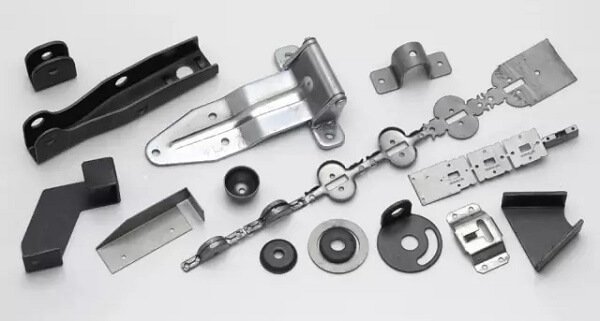
What is stamping
It is a forming and processing method that uses presses and dies to apply external force to plates, strips, pipes, and profiles to plastically deform or separate them to obtain work pieces (stamping) of the desired shape and size.
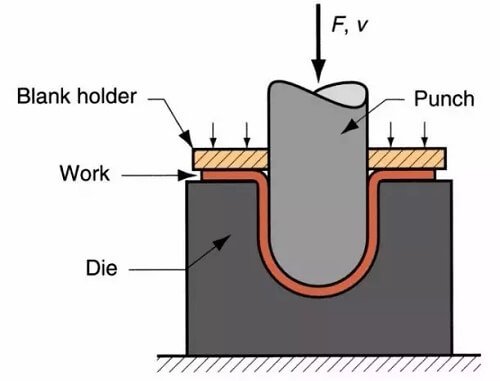
Technical characteristics:
- Light weight and high rigidity products can be obtained.
- Good productivity, suitable for mass production and low cost.
- Products with uniform quality can be obtained.
- 4. High material utilization, good shear and recycling.
Scope of application:
60 – 70% of the steel in the world is plate, and most of them are finished by stamping.
The car body, chassis, fuel tank, radiator fins, steam drums of boilers, shells of containers, iron core silicon steel sheets of motors and electrical appliances are all stamped.
There are also many stamped parts in products such as instruments, household appliances, bicycles, office machinery, and household utensils.
Environmental and Recycling Considerations
Sustainability in Plastic Industry
As an individual in the industry, I believe it is essential to consider the environmental impact and sustainability of the plastics we produce. When creating new products, I always consider using materials that are eco-friendlier and bio-based.
That way, it will help reduce dependency on fossil fuels and limit greenhouse gas emissions during the production process. Incorporating these sustainable materials also ensures that our products have a lower carbon footprint throughout their life cycle.
Moreover, I also find it crucial to optimize the manufacturing processes and prioritize energy efficiency. By doing so, I contribute to minimizing waste and reducing energy consumption during the production of plastics.
Recycling Plastics
Recycling has a significant impact on the environment; that’s why I always strive to create products that can be easily recycled. By considering the recycling process during the design and development stages, I can enhance the recyclability of my products and reduce the waste they generate.
Here are some recycling principles I follow:
- Simplify Material Selection: I prefer using fewer material types in my products, making it easier for recycling facilities to process them.
- Utilize Recyclable Materials: Whenever possible, I make sure to use materials that are widely accepted by recycling centers.
- Labeling: I ensure that my products have clear and accurate labels that indicate the type of plastic used, which helps recyclers identify and sort materials efficiently.
Recycling plays a crucial role in managing the environmental impact of plastics. By keeping sustainability and recycling at the forefront of my work, I am contributing to a more environmentally conscious and responsible plastic industry.
